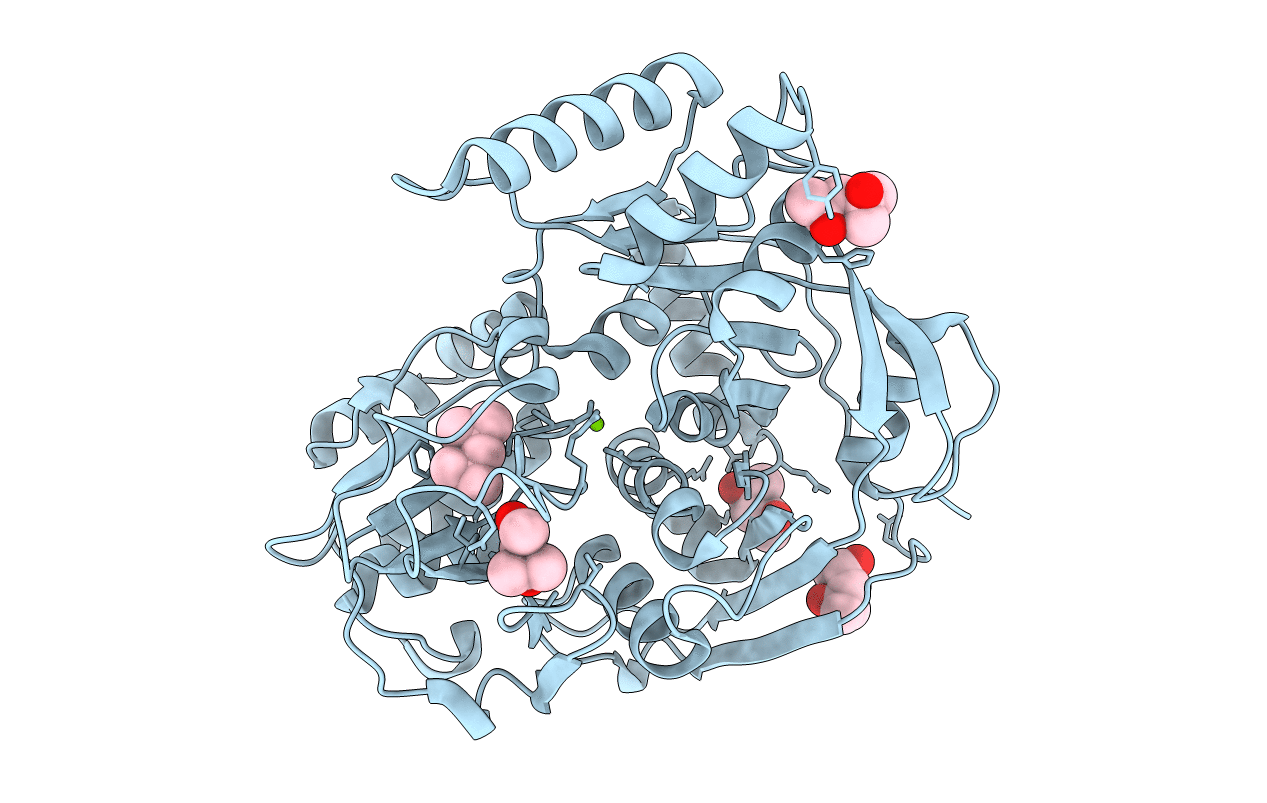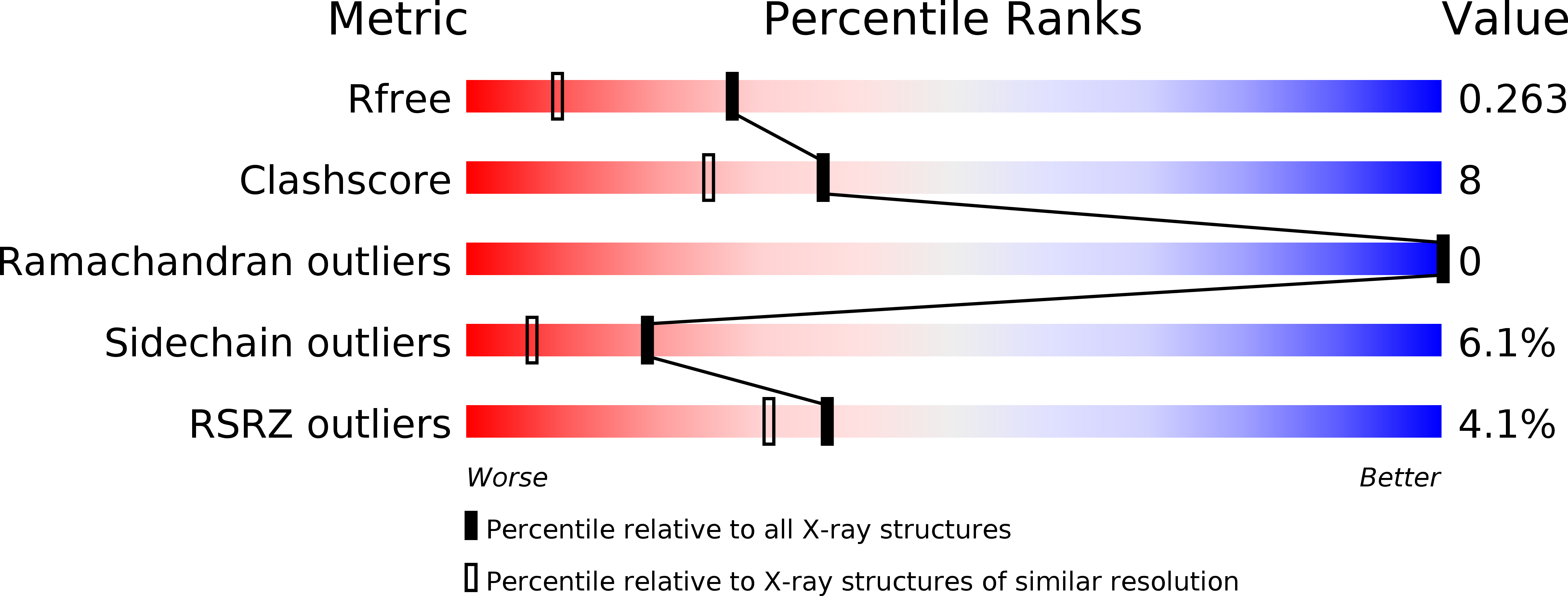
Deposition Date
2013-05-13
Release Date
2014-04-23
Last Version Date
2024-11-20
Entry Detail
PDB ID:
4KP1
Keywords:
Title:
Crystal structure of IPM isomerase large subunit from methanococcus jannaschii (MJ0499)
Biological Source:
Source Organism:
Methanocaldococcus jannaschii (Taxon ID: 243232)
Host Organism:
Method Details:
Experimental Method:
Resolution:
1.80 Å
R-Value Free:
0.25
R-Value Work:
0.21
R-Value Observed:
0.21
Space Group:
I 2 2 2


